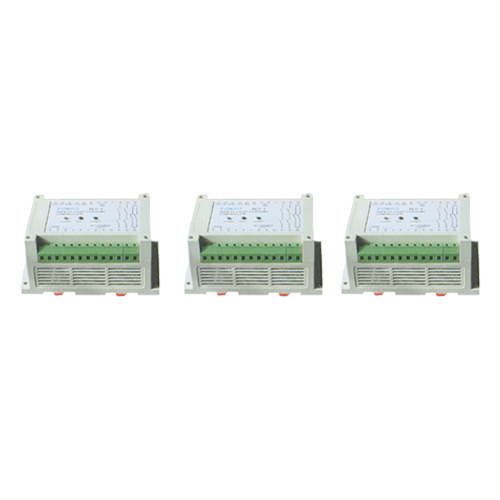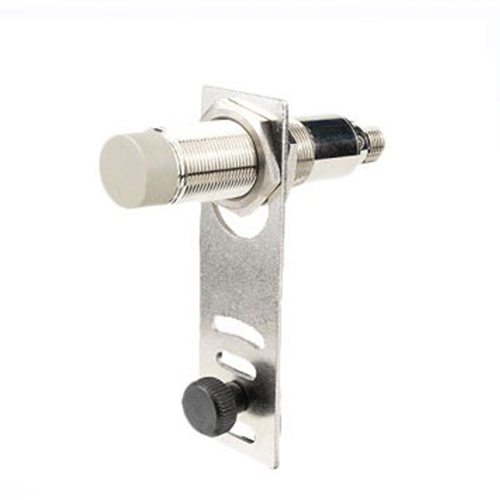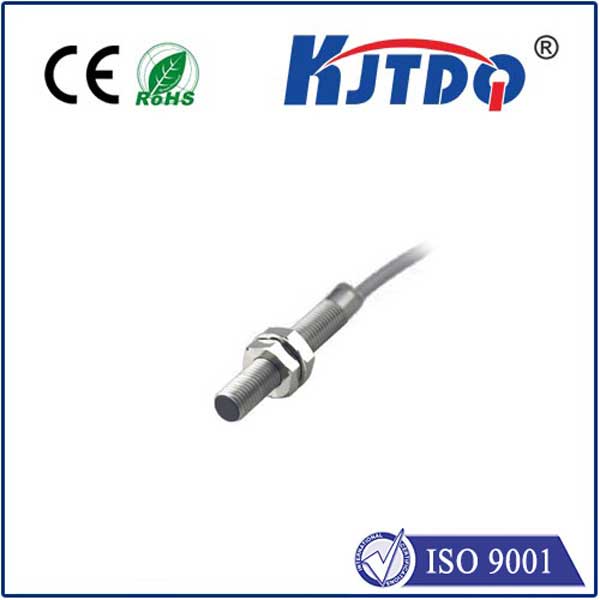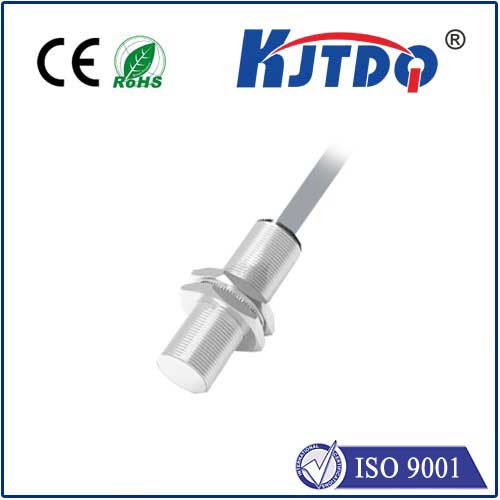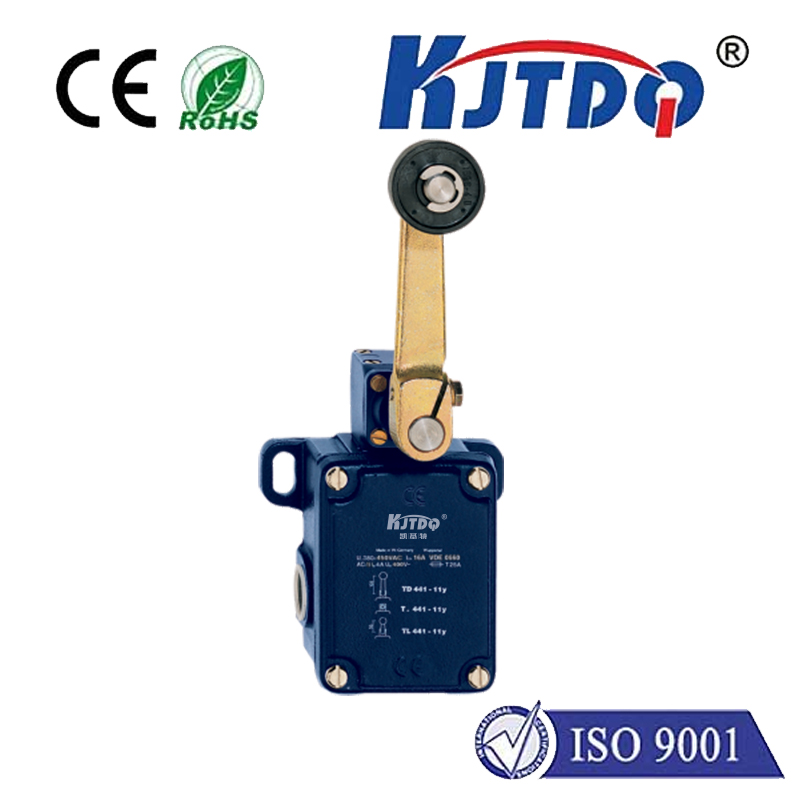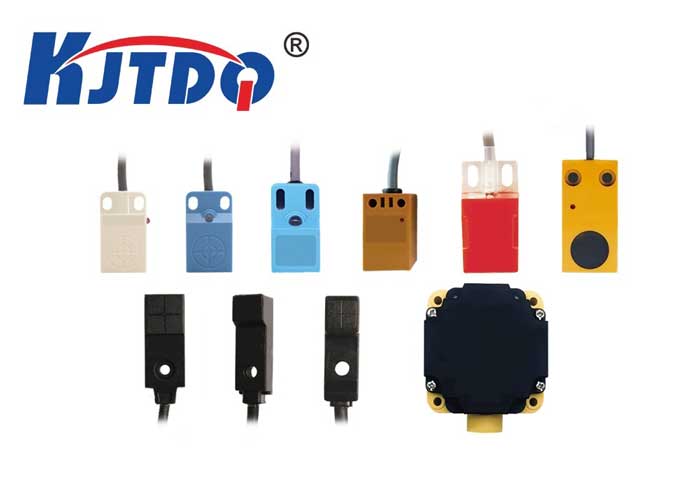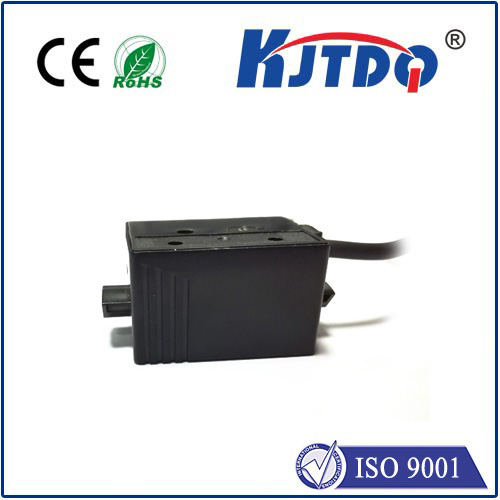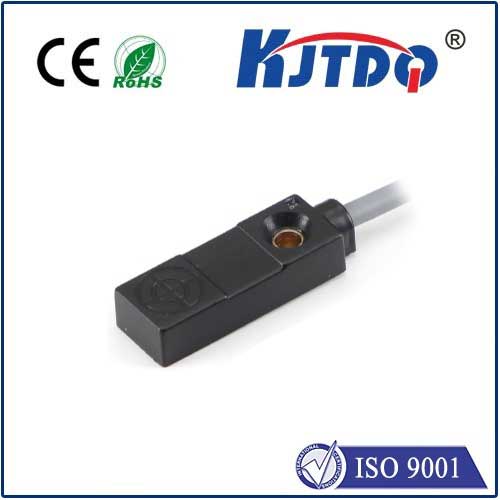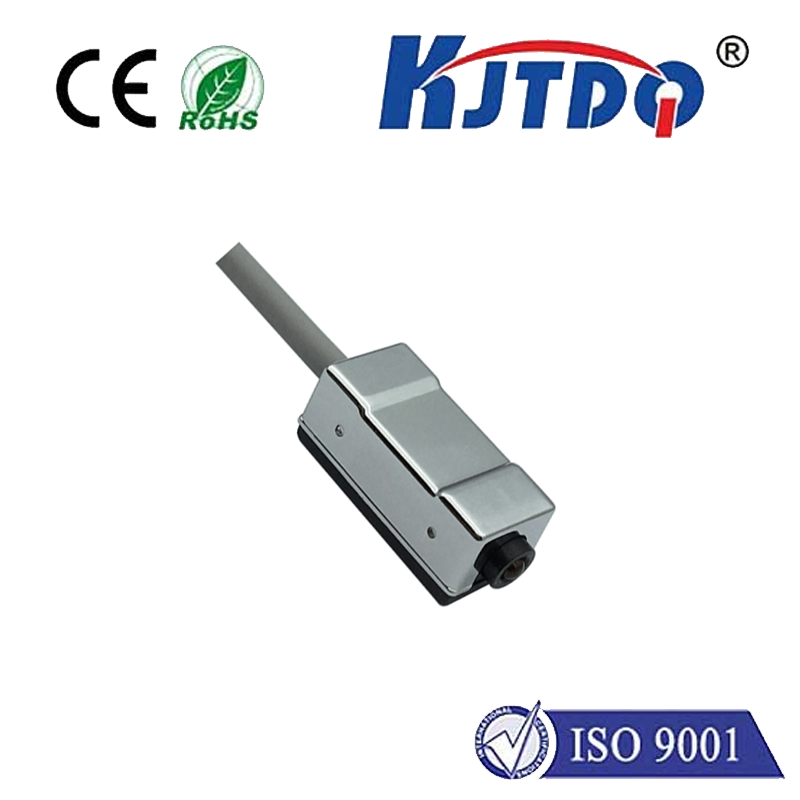

check

check

check

check

check

check

check

check

check

check
Laser Length Measurement Sensor: A Revolutionary Tool for Precision Measurements
Measuring length and distance has been a fundamental requirement in various industries, including manufacturing, construction, and transportation. Traditional methods of measurement, such as rulers, tape measures, and calipers, have their limitations in terms of accuracy, speed, and efficiency. However, with the advent of laser technology, the way we measure length and distance has undergone a significant transformation. The laser length measurement sensor is a cutting-edge tool that offers unparalleled precision and convenience for measuring length and distance.
The laser length measurement sensor works on the principle of optical triangulation. It emits a laser beam onto the target object's surface, which then reflects back to the sensor. By analyzing the time it takes for the light to travel from the sensor to the object and back, the sensor can calculate the distance between them. This method provides highly accurate measurements with minimal human error.

One of the main advantages of using a laser length measurement sensor is its ability to provide non-contact measurements. Unlike traditional measuring tools that require physical contact with the object being measured, laser sensors can measure objects from a distance. This feature is particularly useful in situations where direct contact with the object may cause damage or deformation, such as when measuring delicate or soft materials.
Another benefit of laser length measurement sensors is their high speed and efficiency. These sensors can quickly scan large areas and provide instantaneous measurements, eliminating the need for manual measurements that are time-consuming and prone to errors. Laser sensors can also be integrated into automated systems, allowing for continuous monitoring and real-time data collection.
In addition to providing accurate measurements, laser length measurement sensors offer improved safety features compared to traditional measuring tools. Since there is no need for physical contact with potentially hazardous objects or environments, workers can maintain a safe distance while still obtaining precise measurements. Furthermore, laser sensors do not require any special training or expertise to operate effectively, making them accessible to users across various skill levels.
Despite their numerous advantages, laser length measurement sensors are not without their limitations. For example, they may struggle to accurately measure surfaces that are highly reflective or transparent since these materials can cause scattering or absorption of the laser beam. Additionally, environmental factors such as temperature fluctuations, humidity, and airborne particles can affect the accuracy of measurements taken by laser sensors.
In conclusion, the laser length measurement sensor represents a revolutionary advancement in precision measurement technology. Its ability to provide non-contact, fast, accurate, and efficient measurements makes it an invaluable tool for various industries seeking to improve productivity and reduce errors associated with traditional measuring techniques. As technology continues to evolve, we can expect even more sophisticated and versatile applications of laser length measurement sensors in the future.
